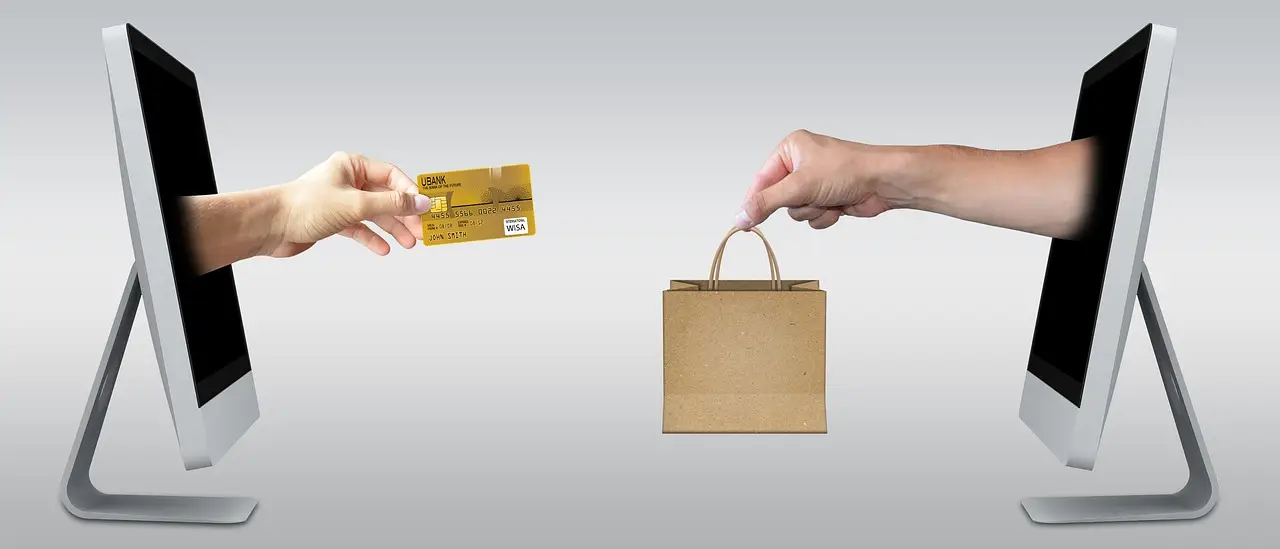The Psychology of Shopping: What Motivates Consumers to Buy?
I. Introduction
In the vibrant world of retail and shopping, understanding consumer behavior is not just valuable; it’s indispensable for success. The significance of studying consumer behavior stems from its direct impact on the strategies adopted by businesses and the sales tactics they employ.
Retail and shopping serve as a crucial driving force in the economy, influencing not only market trends but also the dynamics between demand and supply. As consumers navigate through countless choices, psychological factors play a pivotal role in guiding their buying decisions. This article delves into the various psychological motivations behind consumer behavior, exploring emotional triggers, cognitive biases, and the significance of brand loyalty.
II. The Psychological Factors that Influence Buying Decisions
A. Emotional Triggers
Emotions are at the core of many purchasing decisions. When shopping, consumers often seek to fulfill emotional needs alongside their practical ones. The emotional landscape of shopping can be complex, with different feelings prompting purchases under various circumstances.
-
The Role of Emotions in Purchasing Decisions Emotional responses can drive consumers toward a specific product or brand. Retail environments often capitalize on this by creating atmospheres that evoke certain feelings—such as joy, excitement, or nostalgia—encouraging buyers to make purchases to enhance or replicate these emotions.
-
Examples of Common Emotional Triggers
- Happiness: Bright colors, fun music, and engaging displays can trigger happiness, prompting consumers to buy items that amplify this emotion.
- Anxiety: Marketing techniques often invoke fear of missing out (FOMO) by highlighting limited-time offers, leading consumers to purchase impulsively to alleviate anxiety over potentially missing a good deal.
- Nostalgia: Many brands utilize nostalgic marketing, reminding consumers of positive memories and thus leading to purchases to recreate those experiences.
 B. Cognitive Biases
B. Cognitive Biases
Cognitive biases are systematic thinking errors that can heavily influence consumer decisions. By understanding these biases, retailers can tailor their approaches to guide consumers towards making purchases.
-
Explanation of Cognitive Biases
- Anchoring: This bias occurs when consumers rely heavily on the first piece of information they receive. For instance, if a pair of shoes is initially priced at $200 but is marked down to $120, consumers may perceive the shoes as a bargain based on the originally advertised price.
- Scarcity: The principle of scarcity suggests that items are perceived as more valuable when they are in limited supply. Retailers often use this tactic by promoting limited-time offers, urging consumers to act quickly or risk missing out.
- Social Proof: Consumers are influenced by the behavior and opinions of others. Retailers can harness social proof through customer reviews, testimonials, and showcasing product popularity to encourage new buyers to follow suit.
-
Discussion on How These Biases Lead to Impulsive Purchases These cognitive biases can lead to impulsive purchasing behavior. For instance, when shoppers see a popular item on sale, the combination of social proof and scarcity can compel them to purchase, even if they hadn’t intended to buy that item when they entered the store.
C. The Importance of Brand Loyalty
Brand loyalty transcends simple satisfaction; it is rooted in psychological connections that consumers build with a brand over time. Understanding these connections is pivotal for retailers aiming for long-term success.
-
Understanding How Psychological Connections Build Brand Loyalty Emotional branding plays a crucial role in establishing loyalty. When a brand resonates with consumers’ values, aspirations, or self-identity, it fosters a sense of belonging and emotional investment. Over time, favorable experiences with a brand can lead consumers to consistently choose it over others, even in the presence of competing options.
-
The Effects of Positive Experiences Positive experiences breed loyalty and can transform occasional buyers into dedicated advocates. This loyalty often leads to repeat purchases and word-of-mouth recommendations, enhancing a brand's reputation. Furthermore, loyal customers are typically less sensitive to price changes and more willing to pay a premium for their preferred brand.
III. Conclusion
In conclusion, the psychology of shopping reveals the intricate web of emotional, cognitive, and experiential factors that influence consumer buying decisions. Retail and shopping are not just transactional activities but are deeply interwoven with the psychological fabric of society. Understanding these motivators allows businesses to tailor their strategies effectively, catering to the emotional and cognitive needs of their target audiences. By recognizing the power of emotional triggers, cognitive biases, and brand loyalty, retailers can enhance their understanding of consumer behavior, paving the way for innovative marketing strategies and improved customer relationships. For further insights, you can explore additional resources on consumer psychology and its impact on retail.
In our ever-evolving shopping landscape, the intersection of psychology and commerce will continue to shape how consumers make choices, emphasizing the essential role that understanding these motivations plays in the success of retailers.










